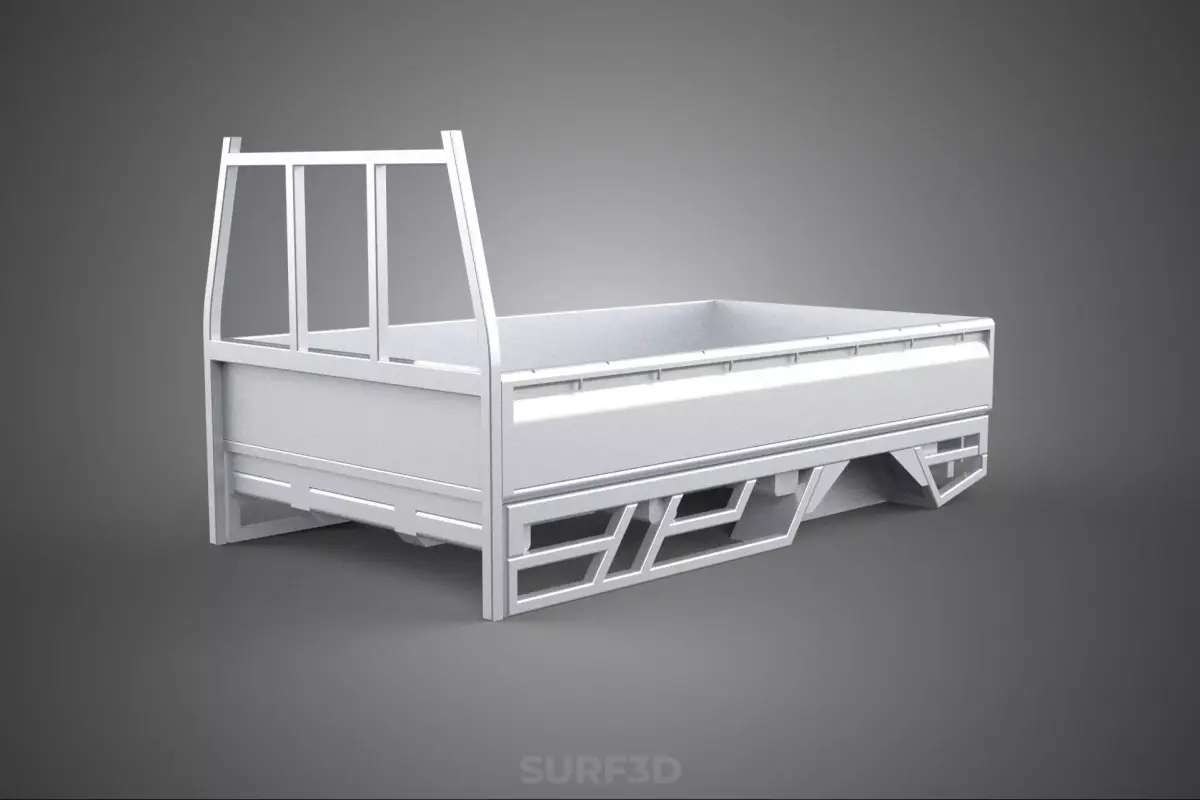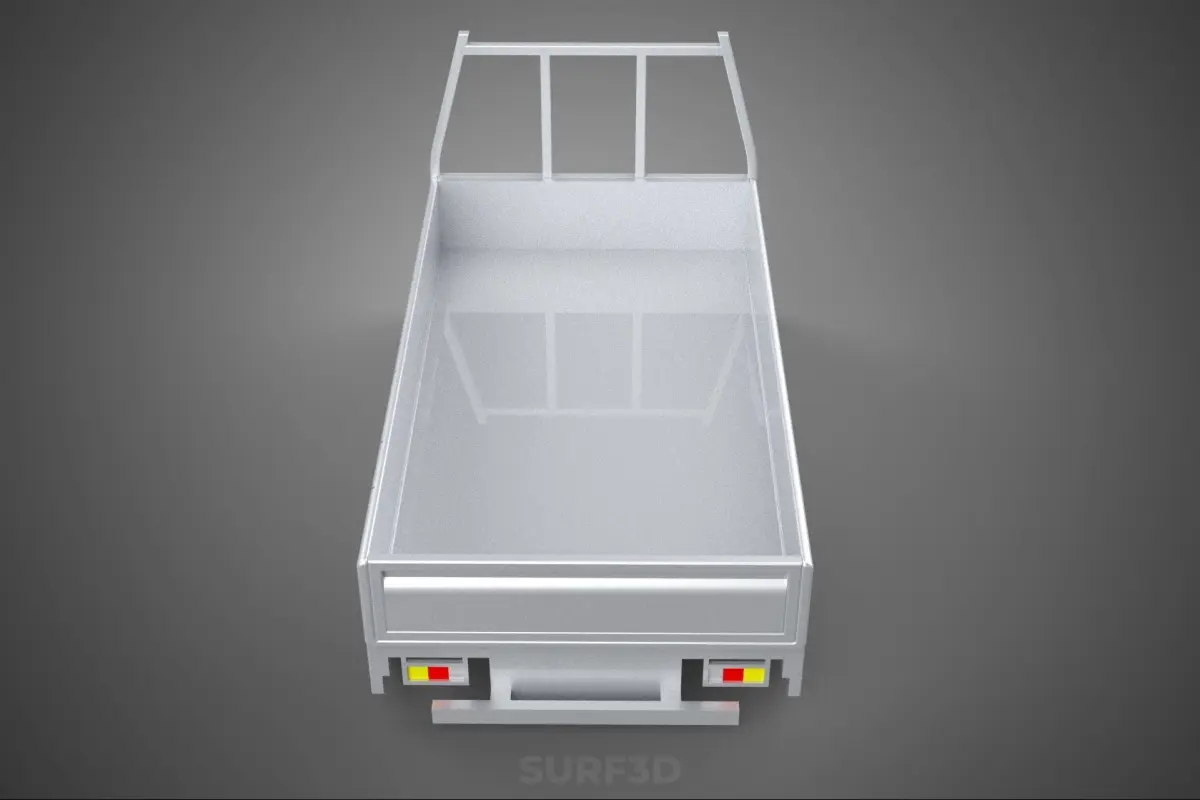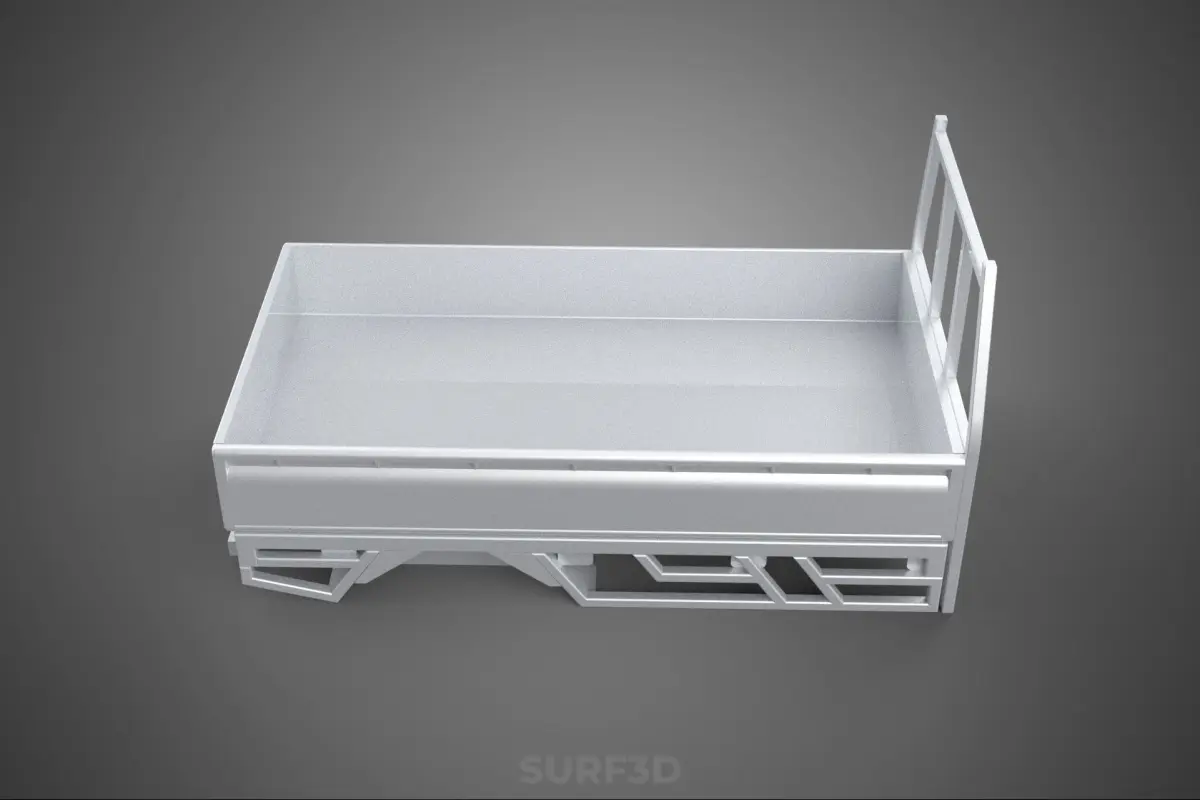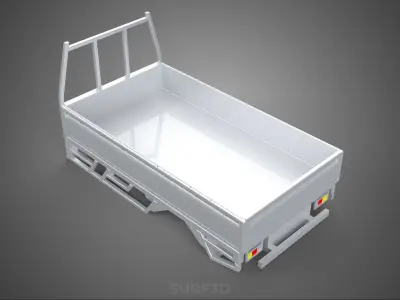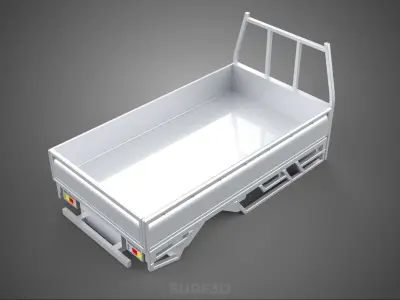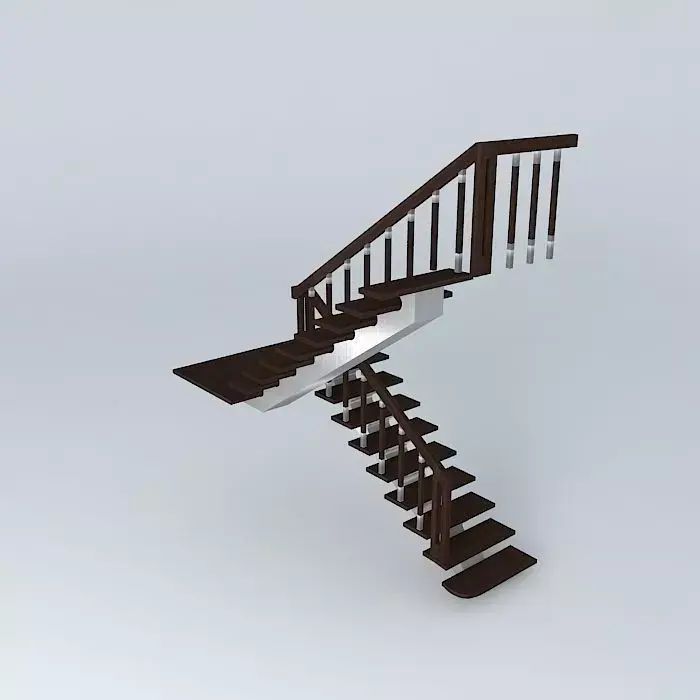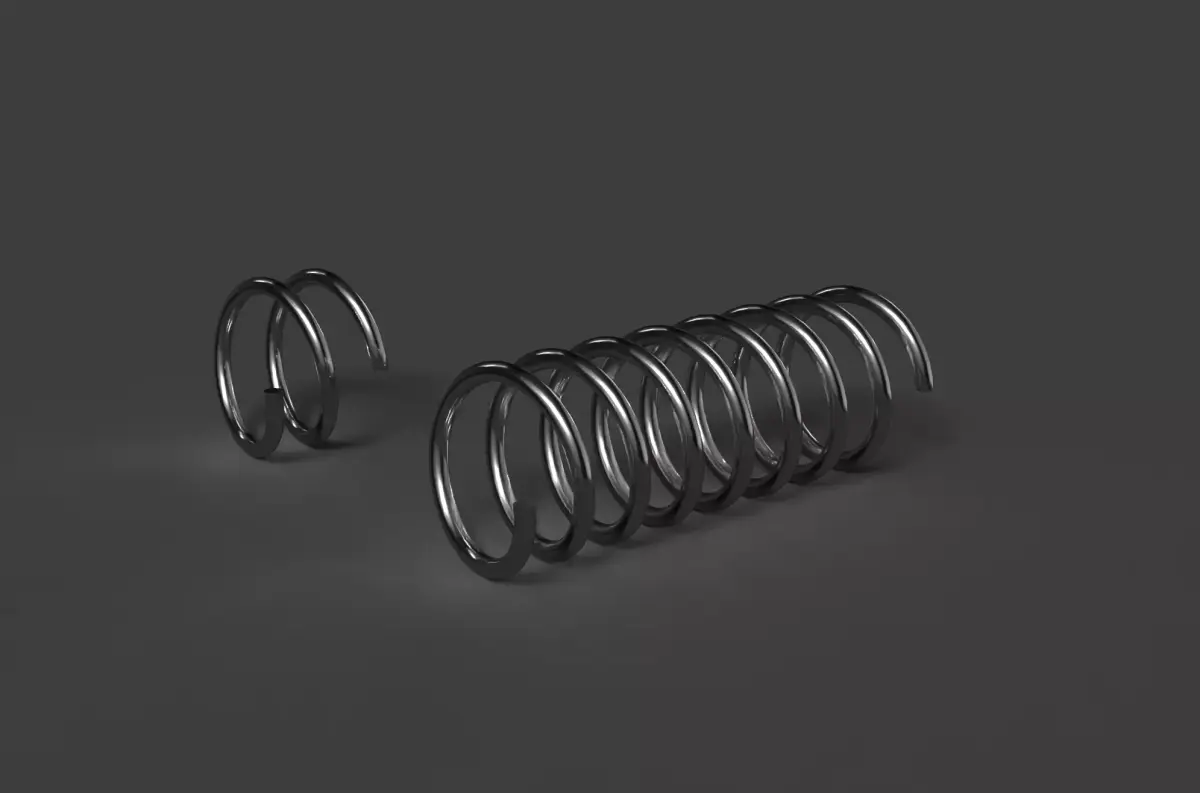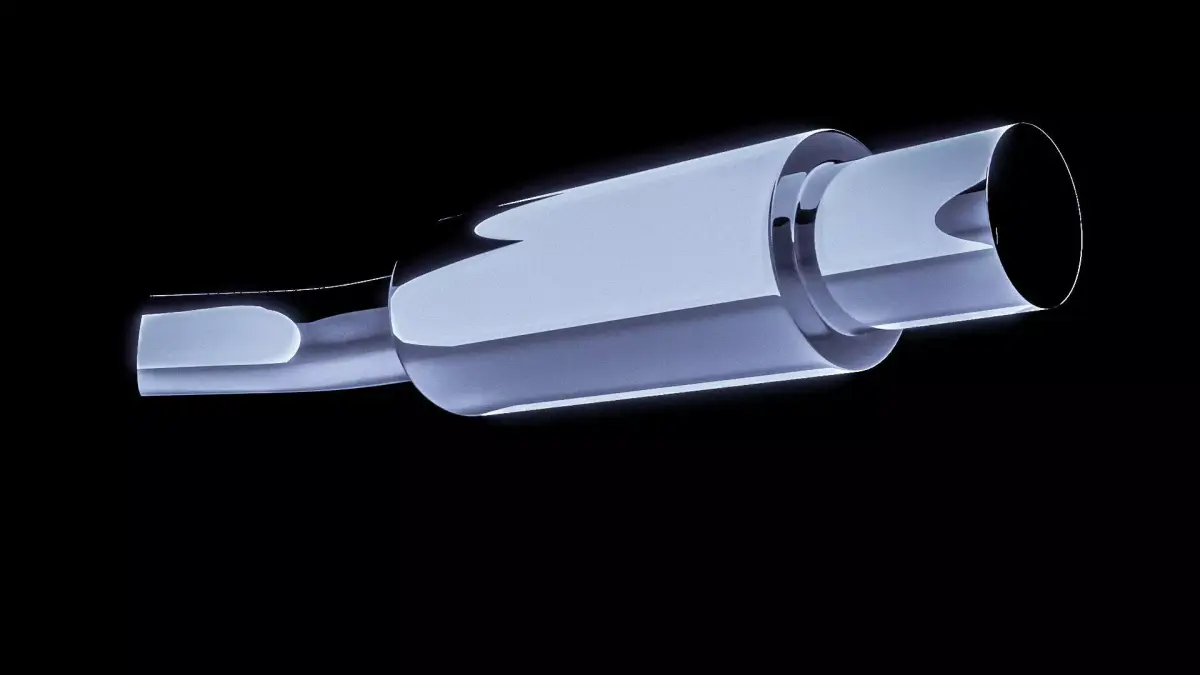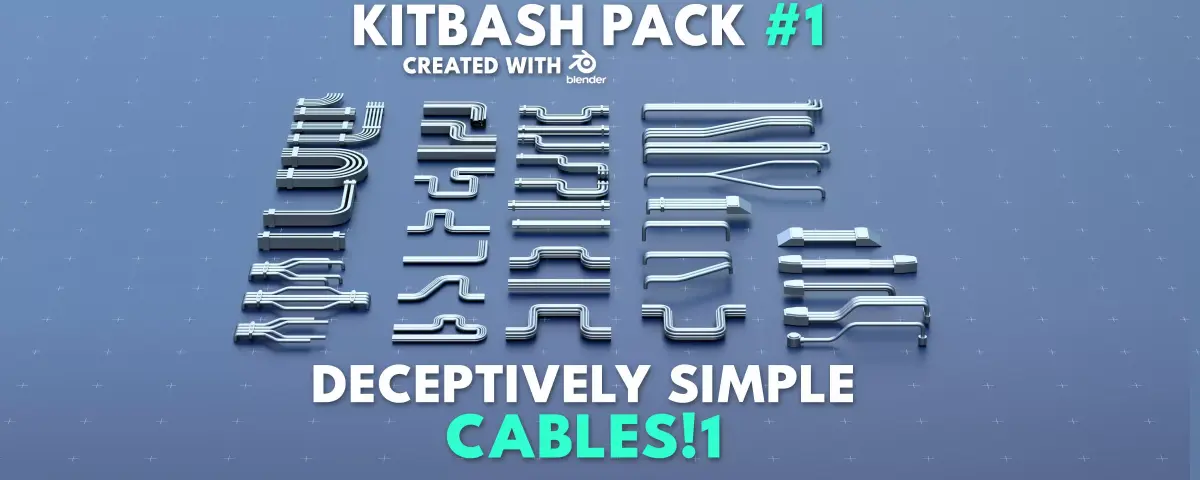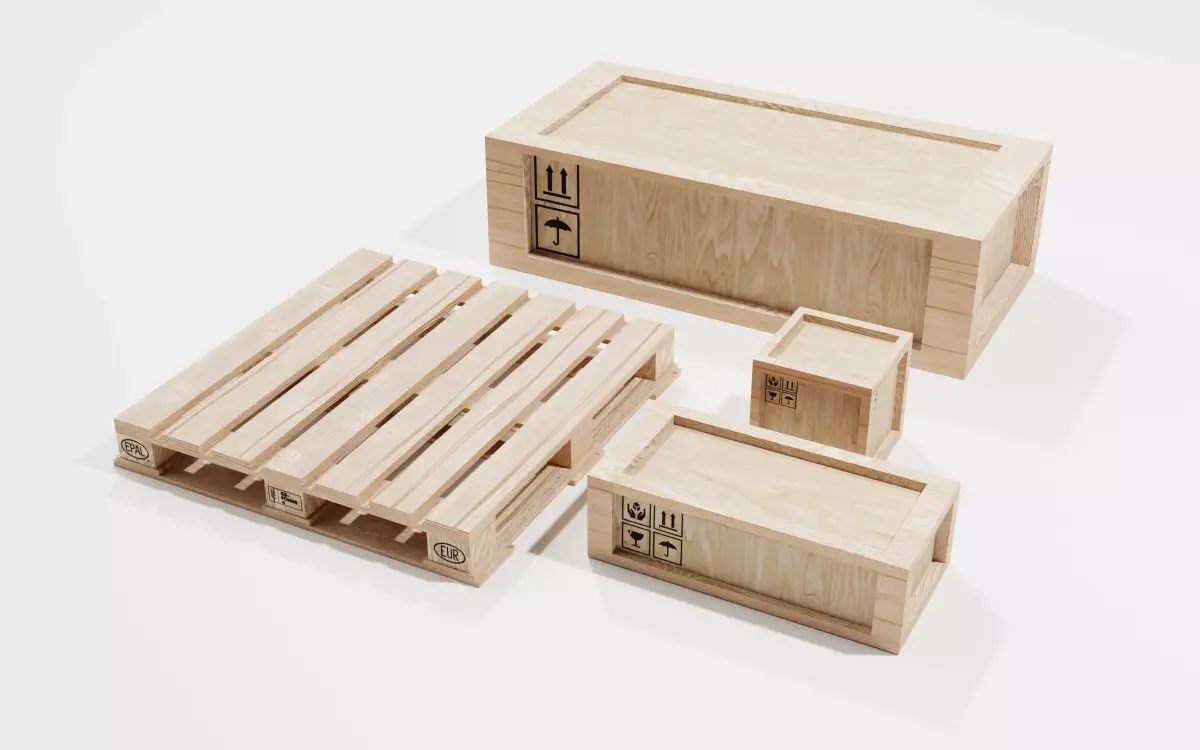- Description
- Formats
High-quality 3D assets at affordable prices — trusted by designers, engineers, and creators worldwide. Made with care to be versatile, accessible, and ready for your pipeline.
Included File Formats
This model is provided in 14 widely supported formats, ensuring maximum compatibility:
• - FBX (.fbx) – Standard format for most 3D software and pipelines
• - OBJ + MTL (.obj, .mtl) – Wavefront format, widely used and compatible
• - STL (.stl) – Exported mesh geometry; may be suitable for 3D printing with adjustments
• - STEP (.step, .stp) – CAD format using NURBS surfaces
• - IGES (.iges, .igs) – Common format for CAD/CAM and engineering workflows (NURBS)
• - SAT (.sat) – ACIS solid model format (NURBS)
• - DAE (.dae) – Collada format for 3D applications and animations
• - glTF (.glb) – Modern, lightweight format for web, AR, and real-time engines
• - 3DS (.3ds) – Legacy format with broad software support
• - 3ds Max (.max) – Provided for 3ds Max users
• - Blender (.blend) – Provided for Blender users
• - SketchUp (.skp) – Compatible with all SketchUp versions
• - AutoCAD (.dwg) – Suitable for technical and architectural workflows
• - Rhino (.3dm) – Provided for Rhino users
Model Info
• - All files are checked and tested for integrity and correct content
• - Geometry uses real-world scale; model resolution varies depending on the product (high or low poly)
• • - Scene setup and mesh structure may vary depending on model complexity
• - Rendered using Luxion KeyShot
• - Affordable price with professional detailing
Buy with confidence. Quality and compatibility guaranteed.
If you have any questions about the file formats, feel free to send us a message — we're happy to assist you!
Sincerely,
SURF3D
Trusted source for professional and affordable 3D models.
More Information About 3D Model :
A Flat Bed Chassis Back Tray with Headboard is a specialized, open-top cargo carrying platform designed to be mounted directly onto the chassis frame of various light commercial vehicles (LCVs), including pickup trucks (also known as bakkies in Southern Africa and utes in Australia/New Zealand) and chassis-cab variants of vans. This configuration replaces the standard integrated cargo box (often termed a tub or wellside) found on most pickups, offering enhanced versatility and load capacity.
Nomenclature and Terminology:
The specific terminology for this vehicle body type varies regionally. In North America, it is commonly referred to as a flatbed pickup or flat deck. In Australia and New Zealand, it is widely known as a tray back or simply tray. In Southern Africa, when fitted to a bakkie, it's often called a bakkie tray. While van might seem unusual for a flatbed, it refers to commercial van models sold as chassis-cab versions (e.g., Ford Transit Chassis Cab, Mercedes-Benz Sprinter Chassis Cab), which are specifically designed to have a custom body mounted on their bare frame.
Design and Construction:
The core component is a robust, flat, and open cargo deck, typically fabricated from durable materials such as steel (mild steel, high-tensile steel, or galvanized steel for corrosion resistance), aluminum alloys, or a combination thereof. Aluminum is favored for its strength-to-weight ratio, contributing to better fuel efficiency and increased payload capacity, while steel offers superior strength for heavy-duty applications. The deck itself is supported by a sturdy subframe, which is engineered to securely bolt directly onto the vehicle's longitudinal chassis rails. The surface of the deck may be smooth, textured (e.g., chequer plate), or incorporate integrated tie-down points to secure cargo.
The Headboard:
An integral feature of this design is the headboard, a vertical barrier positioned at the front (cab-facing) end of the tray. Its primary function is safety, preventing cargo from shifting forward into the vehicle's cabin during abrupt braking, acceleration, or collisions. Beyond safety, the headboard often provides structural reinforcement for the tray and can incorporate various functional elements such as:
- Ladder Racks: Vertical extensions or hoops for carrying long items like ladders, pipes, or timber securely above the cab.
- Window Protection: A mesh or solid panel designed to protect the rear window of the vehicle's cabin from impacts by shifting cargo.
- Mounting Points: Provisions for auxiliary lighting, warning beacons, spare wheel carriers, or other equipment.
Functionality and Advantages:
The flat bed chassis back tray offers several distinct advantages over a conventional pickup tub:
- Increased Usable Space: The absence of intrusive wheel wells allows for the full width of the deck to be utilized, accommodating larger or irregularly shaped items, and often enabling the carriage of standard pallets directly onto the tray.
- Versatility: The flat, open design lends itself to a wide range of applications, from general goods transport to highly specialized setups. It can be easily customized with toolboxes, water tanks, under-tray drawers, cranes, or full service bodies.
- Ease of Loading/Unloading: Goods can be loaded from three sides (left, right, and rear) using forklifts or other machinery, significantly improving efficiency. The lower deck height compared to some integrated beds can also facilitate manual loading.
- Durability: Being built as a heavy-duty, separate component, these trays are often more robust and durable than standard pickup tubs, designed to withstand rigorous commercial or industrial use.
- Customization: Many flat trays are designed to accommodate removable or collapsible drop sides, transforming the flat deck into a shallow-sided box, or a tailgate, providing additional load containment when required.
Applications:
Flat bed chassis back trays with headboards are widely employed across various commercial, agricultural, industrial, and recreational sectors. Common users include:
- Tradespeople: Plumbers, electricians, builders, carpenters for carrying tools, materials, and equipment.
- Agriculture: Farmers for transporting feed, fencing materials, small machinery, and produce.
- Landscaping: For hauling soil, mulch, plants, and gardening equipment.
- Construction: For moving building materials, equipment, and debris.
- Mining and Utilities: For robust transport in challenging environments, often with specialized service bodies.
- Delivery and Logistics: For efficient handling of palletized goods or bulk items.
- Recreation: As a base for custom camping setups, overland builds, or carrying ATVs/motorcycles.
These trays can be installed as aftermarket conversions on existing vehicles or fitted as original equipment by vehicle manufacturers or specialized body builders on new chassis-cab models.
KEYWORDS: Flatbed Truck Tray, Chassis Mounted Deck, Utility Vehicle Platform, Headboard Protection, Pickup Truck Flatbed, Bakkie Trayback, Ute Conversion, Van Chassis Cab Body, Commercial Vehicle Accessory, Load Carrying System, Cargo Bed Replacement, Heavy Duty Tray, Custom Truck Body, Aftermarket Vehicle Equipment, Open Deck Trailer, Dropside Capable Tray, Aluminium Flatbed, Steel Tray Body, Vehicle Subframe Integration, Goods Transport Solution, Agricultural Vehicle Tray, Construction Site Vehicle, Landscaping Truck Bed, Industrial Flat Deck, Work Vehicle Platform, Safety Headboard, Load Retention System, Multi-purpose Vehicle Body, Commercial Fleet Upgrade, Specialist Vehicle Fabrication
credited to its original author, «SURF3D». CGhub does not claim copyright ownership over the content used.
- Collada ()3.17 MB
- Rhinoceros 3D ()9.01 MB
- 3D Studio ()593 KB
- 3D ACIS ()2.8 MB
- Autodesk 3ds Max ()6.35 MB
- Stereolithography ()912 KB
- OBJ () (2 files)1.45 MB
- STEP ()2.89 MB
- Other 2.89 MB
- Blender ()2.24 MB
- glTF ()667 KB
- AutoCAD ()1.2 MB
- IGES ()5.4 MB
- Sketchup ()2.68 MB
- Autodesk FBX ()765 KB

